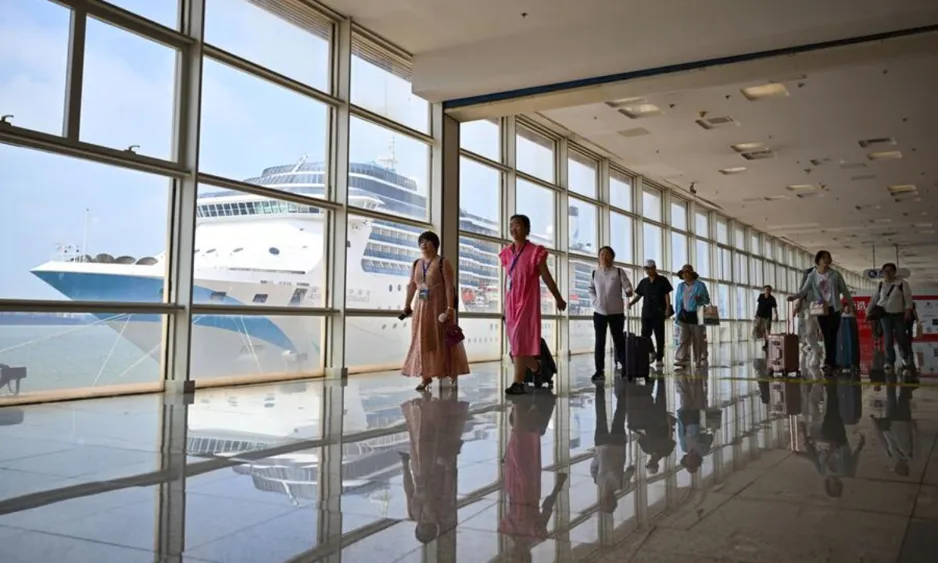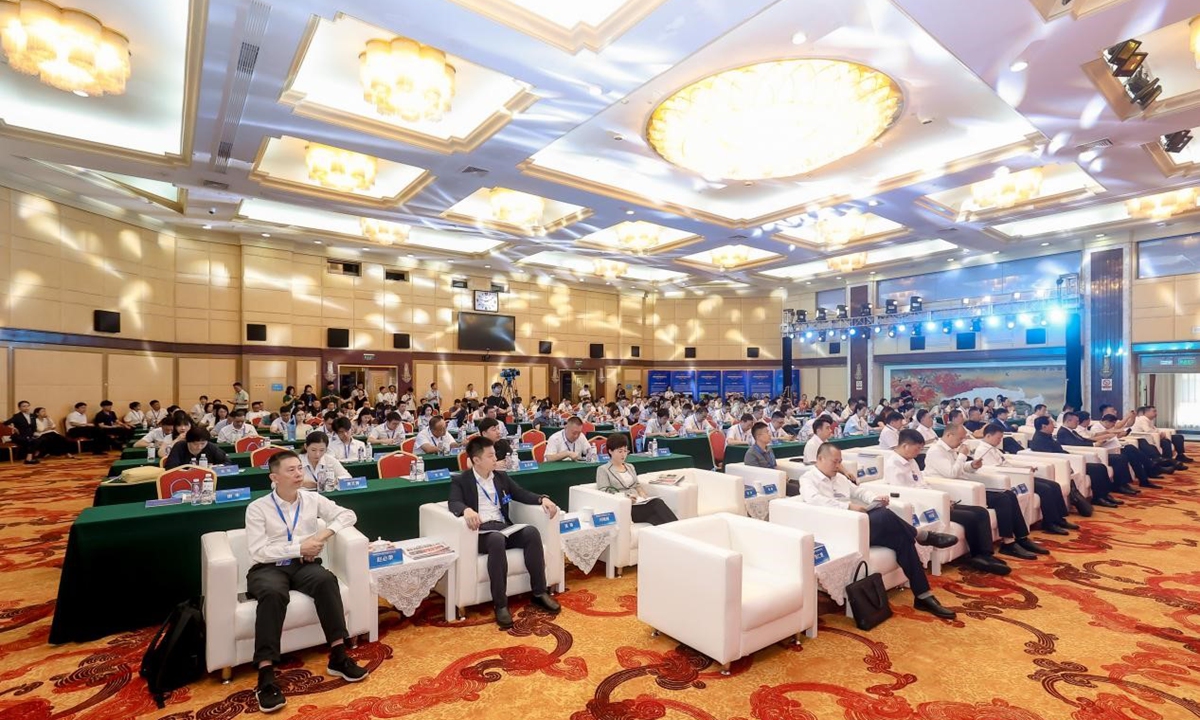China Sees Dramatic H1 Surge in Cruise Passenger Numbers

China's cruise industry experienced a substantial growth in the first half of 2025, with passenger numbers soaring by 40.1 percent compared to the previous year. This impressive surge has been attributed primarily to supportive government policies, an overall enhancement in supply chains, and a notable increase in travel demand.
According to the Ministry of Natural Resources, the total throughput for cruise passengers reached new heights, showcasing the industry's rapid recovery and robust performance. These trends reflect the broader revival of the travel and tourism sector amid growing consumer confidence.
The marine tourism sector, which encompasses cruises along with various coastal activities, generated an added value of approximately 771.8 billion yuan, equivalent to about 108 billion U.S. dollars, marking an 8 percent year-on-year increase. This growth signals a reinvigorated interest in marine leisure activities following the disruptions caused by the pandemic.
As the peak summer travel season unfolds, expectations for increased popularity in cruises and marine tourism activities are heightened. The Ministry of Natural Resources anticipates that this booming sector will further capitalize on the rising enthusiasm for travel experiences among domestic tourists.
The combination of favorable policies, enhanced service offerings, and a rebound in consumer appetite for travel positions China's cruise industry for continued expansion. Stakeholders in the travel and economic growth sectors are keenly observing these developments, as they indicate a significant recovery path for the industry.
Read These Next

Global Times Hosts Beijing Event on Industrial Innovation and Growth
The Global Times held a fifth event in Beijing to attract foreign investment, emphasizing urban innovation and sustainability.

Australia Q2 inflation hits lowest since March 2021
Australia's second-quarter inflation rate has dropped to 2.1%, the lowest since March 2021, prompting discussions around potential interest rate cuts by the RBA, as analysts assess the implications of slow GDP growth and the labor market's resistance to easing.

Hong Kong Court Freezes 1.8 Billion HSBC Account Amid Inheritance Dispute
Hong Kong High Court bars Zong Fuli from accessing $1.8B in HSBC account amid inheritance dispute with half-siblings.
